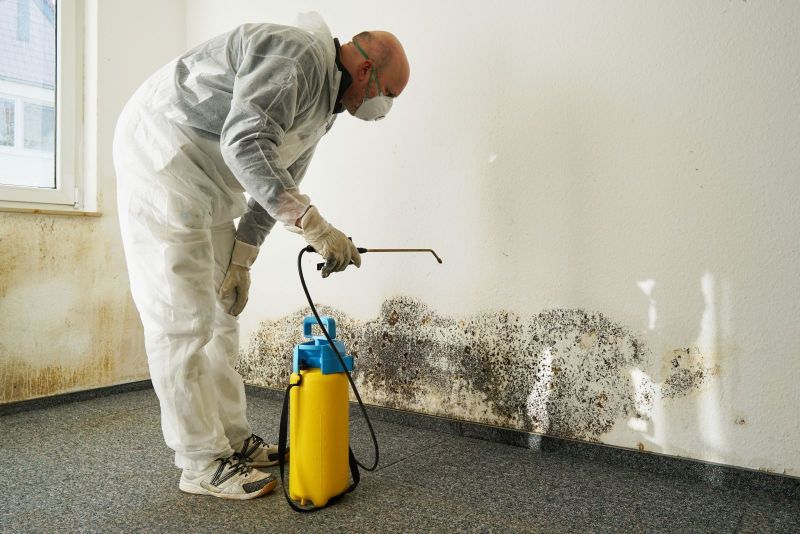When a natural disaster strikes, the primary concern is ensuring the safety of those affected. Once the immediate danger has passed, the focus turns to disaster restoration efforts, including cleaning up and repairing damage caused by the disaster. However, one issue that often arises in the aftermath of a disaster is the growth of mold. Mold can develop in as little as 24-48 hours after water damage occurs, and it can pose a serious health risk if left unchecked. In this article, we will explore the importance of mold testing and remediation in disaster restoration.
The Risks of Mold
Mold is a type of fungus that grows in warm and damp conditions. When water damage occurs in a building, such as after a flood or a burst pipe, it creates the ideal conditions for mold growth. Mold spores can spread quickly, and they can cause a range of health problems for those exposed to them. Some of the health risks associated with mold include respiratory issues, allergies, and even neurological problems.
Testing for Mold
Mold can be difficult to detect, especially in the early stages of growth. It often grows in hidden areas such as behind walls, under carpets, and in crawl spaces. Mold testing is an essential step in disaster restoration efforts to determine whether mold is present and, if so, what type of mold it is. There are several different types of mold tests available, including air sampling, surface sampling, and bulk sampling. An experienced mold inspector can help determine which test is most appropriate for the situation.
Remediation of Mold
If mold is detected during the testing process, it must be remediated as soon as possible. Mold remediation is the process of removing mold from a building and preventing it from growing back. Remediation involves identifying the source of the moisture that is causing the mold to grow, repairing any damage caused by the mold, and cleaning and sanitizing the affected area. It is essential to work with a professional mold remediation company that has experience and expertise in dealing with mold. Attempting to remove mold on your own can be dangerous and can actually make the problem worse.
The Importance of Professional Mold Remediation
Professional mold remediation is crucial for several reasons. First, mold remediation requires specialized equipment and techniques to ensure that the mold is properly removed and prevented from returning. Professional mold remediation companies have the tools and knowledge necessary to effectively remove mold and prevent it from growing back.
Second, attempting to remove mold on your own can be dangerous. Mold spores can become airborne during the remediation process, and if proper precautions are not taken, they can be inhaled, causing respiratory problems and other health issues. Professional mold remediation companies have the equipment and training necessary to minimize the risk of exposure to mold spores during the remediation process.
Finally, professional mold remediation can save time and money in the long run. If mold is not properly remediated, it can continue to grow and spread, causing further damage to the building and potentially putting the health of those living or working in the building at risk. By working with a professional mold remediation company, you can ensure that the mold is properly removed and that steps are taken to prevent it from growing back, ultimately saving time and money in the long run.
In the aftermath of a natural disaster, mold can pose a serious health risk if left unchecked. Testing for mold and remediation are essential steps in disaster restoration efforts to ensure that the building is safe for those living or working in it. Mold testing can help identify the presence of mold, and professional mold remediation can ensure that the mold is properly removed and prevented from growing back. Working with a professional mold remediation company is essential to ensure that the remediation process is carried out safely and effectively. By taking these steps, you can protect the health and well-being of those affected by the disaster and ensure that the building is safe for occupancy once again.
In addition to testing and remediation, it is also important to take steps to prevent mold growth in the first place. This includes addressing water damage promptly, ensuring proper ventilation, and controlling humidity levels in the building. By taking these preventive measures, you can minimize the risk of mold growth and reduce the need for costly and time-consuming remediation efforts.

